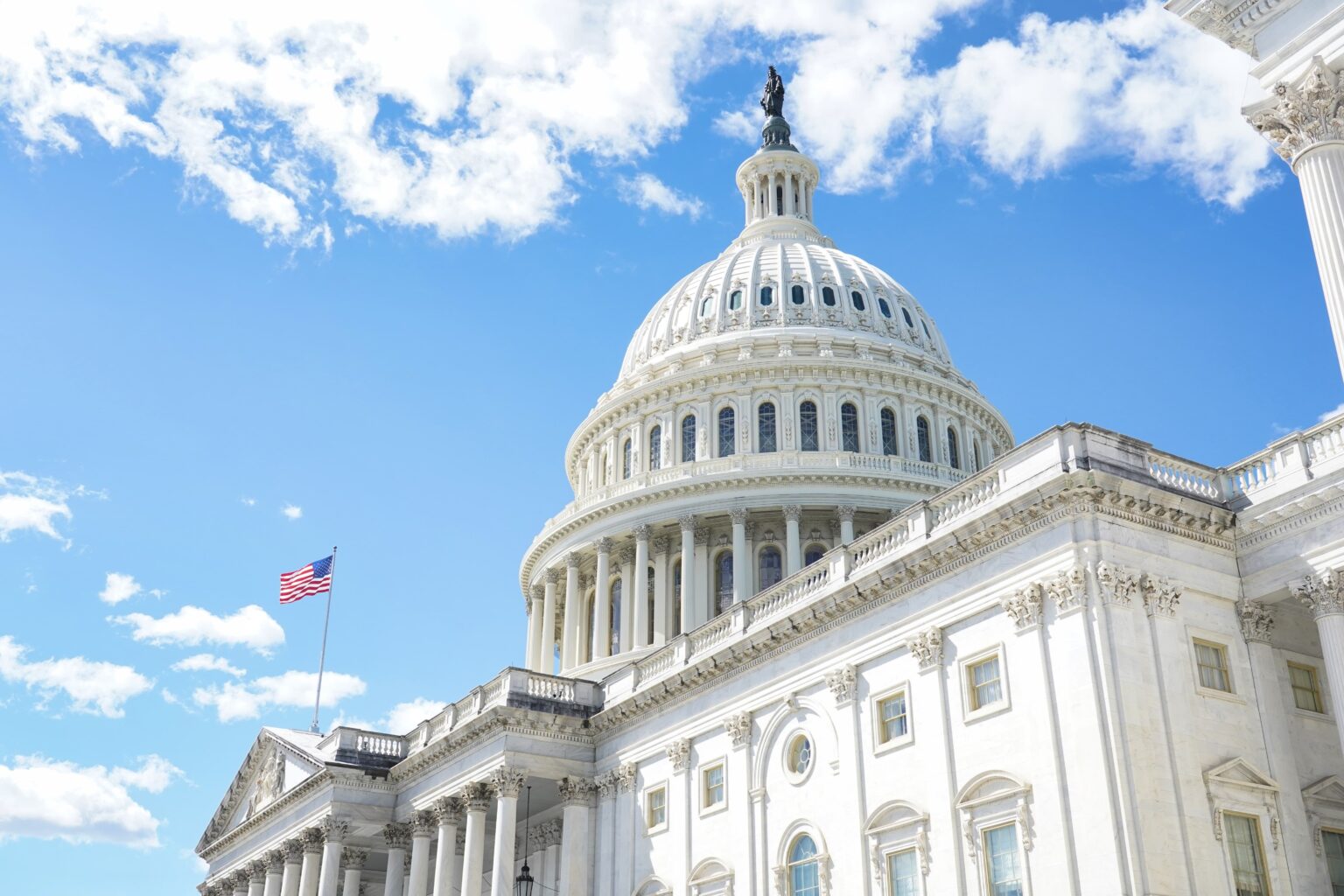The U.S. House of Representatives cleared a major procedural hurdle on July 16, 2025, allowing debate to proceed on a series of high-profile cryptocurrency bills. The legislative push had initially stalled after a group of 13 conservative Republicans joined Democrats to oppose the original rule governing the debate. Their objections centered on the bundling of three distinct proposals into a single procedural vote.
The impasse was resolved after former President Donald Trump stepped in, urging unity in a meeting with dissenting lawmakers at the White House. The intervention proved decisive, and the House narrowly passed a revised rule with a vote of 217 to 212, setting up final action on the crypto-related legislation.
Focus on Stablecoins, Market Structure and CBDCs
The most prominent bill moving forward is the GENIUS Act, which seeks to establish a clear federal framework for the issuance and oversight of stablecoins—cryptocurrencies pegged to the U.S. dollar. The Senate approved the measure in June with a strong 68–30 bipartisan vote, and the House is now expected to pass it by July 18.
Also on the table is the Digital Asset Market Structure and Clarity Act, or CLARITY Act, which would define the jurisdiction of regulators over cryptocurrencies and clarify rules for trading platforms, issuers and investors. While it enjoys broad support within the Republican caucus, some Democrats have raised concerns about potential loopholes for large financial institutions and tech companies.
A third proposal, the Anti-CBDC Surveillance State Act, aims to prohibit the Federal Reserve from issuing a central bank digital currency (CBDC). Supporters argue that such a digital dollar could lead to invasive government surveillance of individual transactions. Opponents contend that banning CBDCs outright could limit future innovation in public digital infrastructure.
Political Strategy and Legislative Maneuvering
House Republicans initially tried to move the three bills as a package, but internal opposition made that approach unworkable. To salvage the legislation, party leaders revised the procedural rule and agreed to attach the Anti-CBDC measure to a broader defense spending bill. This maneuver satisfied hardline conservatives who had demanded stronger language blocking a U.S. digital currency.
Trump’s personal involvement helped ease tensions within the party. After meeting with at least 11 Republican holdouts, he took to Truth Social to call for support, framing the week as a critical moment for the crypto industry. House Speaker Mike Johnson described the week’s activity as “an important step forward in delivering financial innovation within a trusted framework.”
Democrats, for their part, have voiced mixed reactions. Some members, including Rep. Maxine Waters, warned that the CLARITY Act could open the door to unregulated digital financial activity, potentially creating a “shadow banking” environment. Others signaled openness to bipartisan cooperation, particularly on the stablecoin bill.
Industry Reactions and Market Response
Crypto industry leaders welcomed the House’s renewed momentum. Proponents view the GENIUS Act as a breakthrough in legitimizing stablecoins for use in payments and cross-border transactions. The clear regulatory framework is expected to facilitate greater adoption by traditional financial institutions.
Market reaction was swift. Bitcoin briefly rose above $120,000 on news of the legislative progress, before settling near $118,600. Ethereum gained more than 7%, reflecting broader investor optimism about regulatory clarity.
Still, some trade groups and banking advocates expressed concern about unintended consequences. The Independent Community Bankers of America warned that the new framework could allow tech giants to issue private digital currencies with minimal oversight, undermining traditional banks and exposing consumers to new risks.
What Comes Next
The GENIUS Act is now likely to be signed into law by President Trump by the end of the week. The fate of the CLARITY Act remains uncertain, as lawmakers continue to debate its scope and impact. The Anti-CBDC provision, now part of the defense appropriations package, will advance through a separate legislative track.
Together, the three bills represent the most comprehensive attempt yet by Congress to set the rules for America’s growing digital asset ecosystem. Whether this marks the start of a lasting regulatory framework or simply a high-profile policy skirmish remains to be seen.


